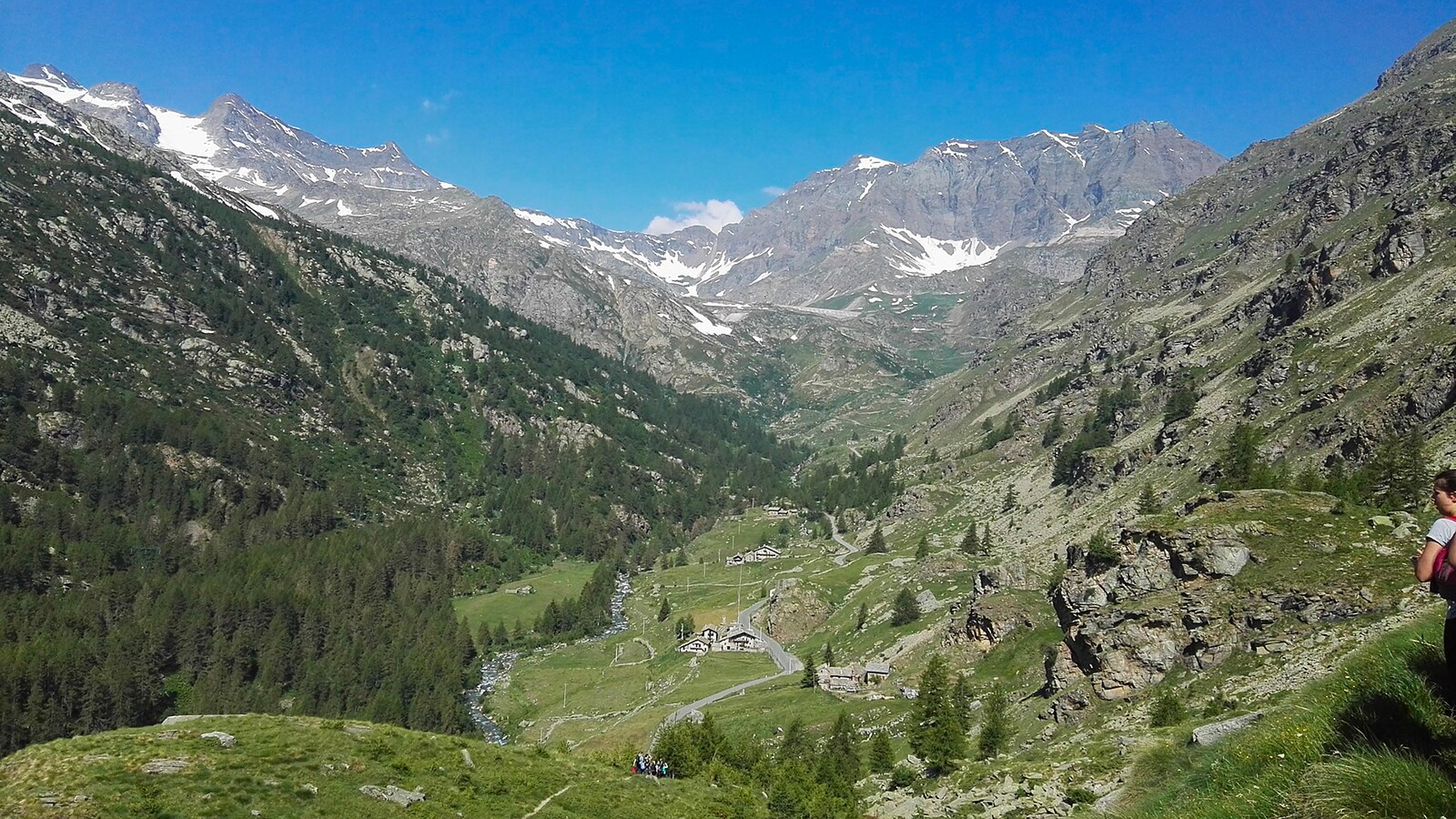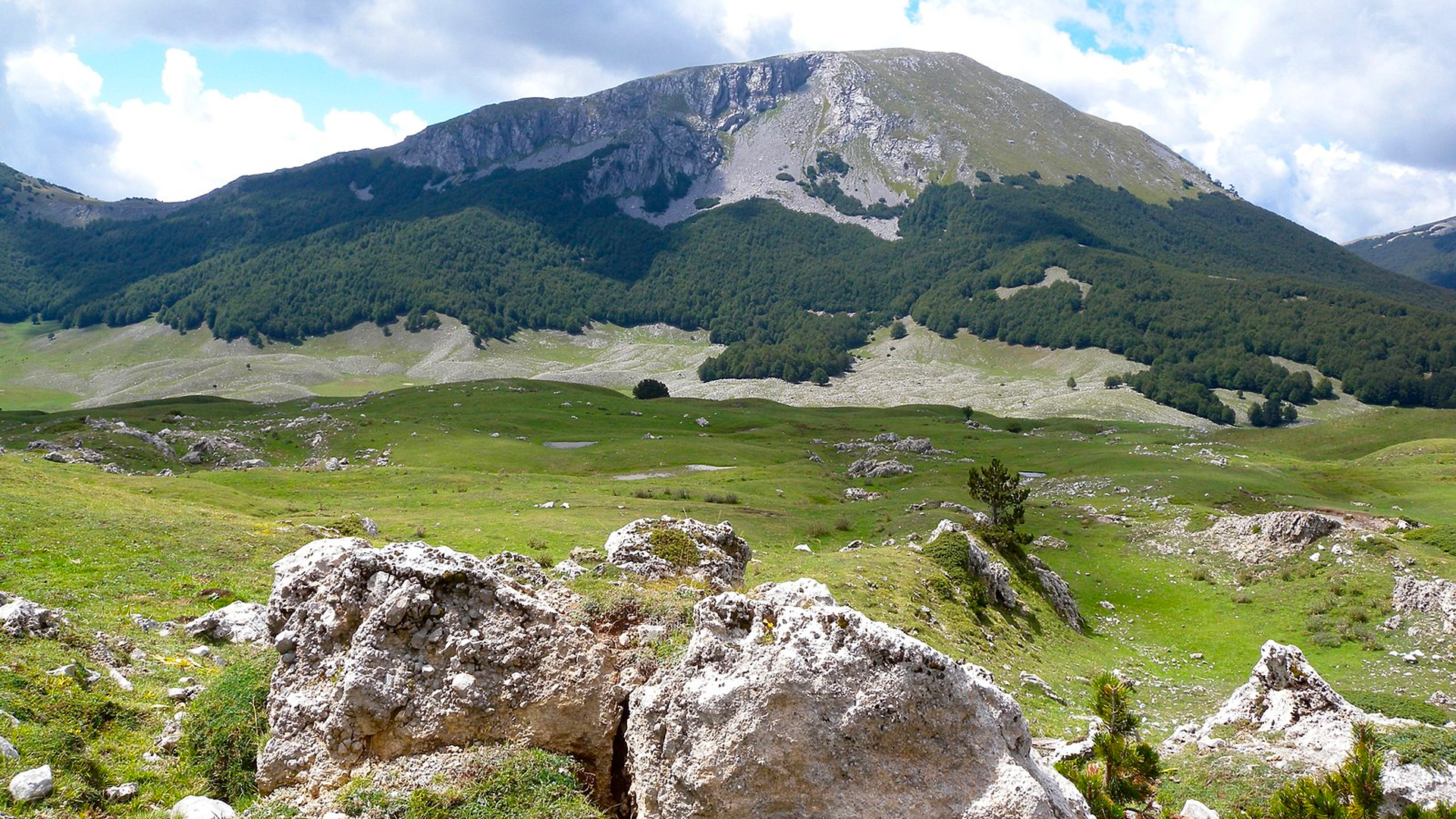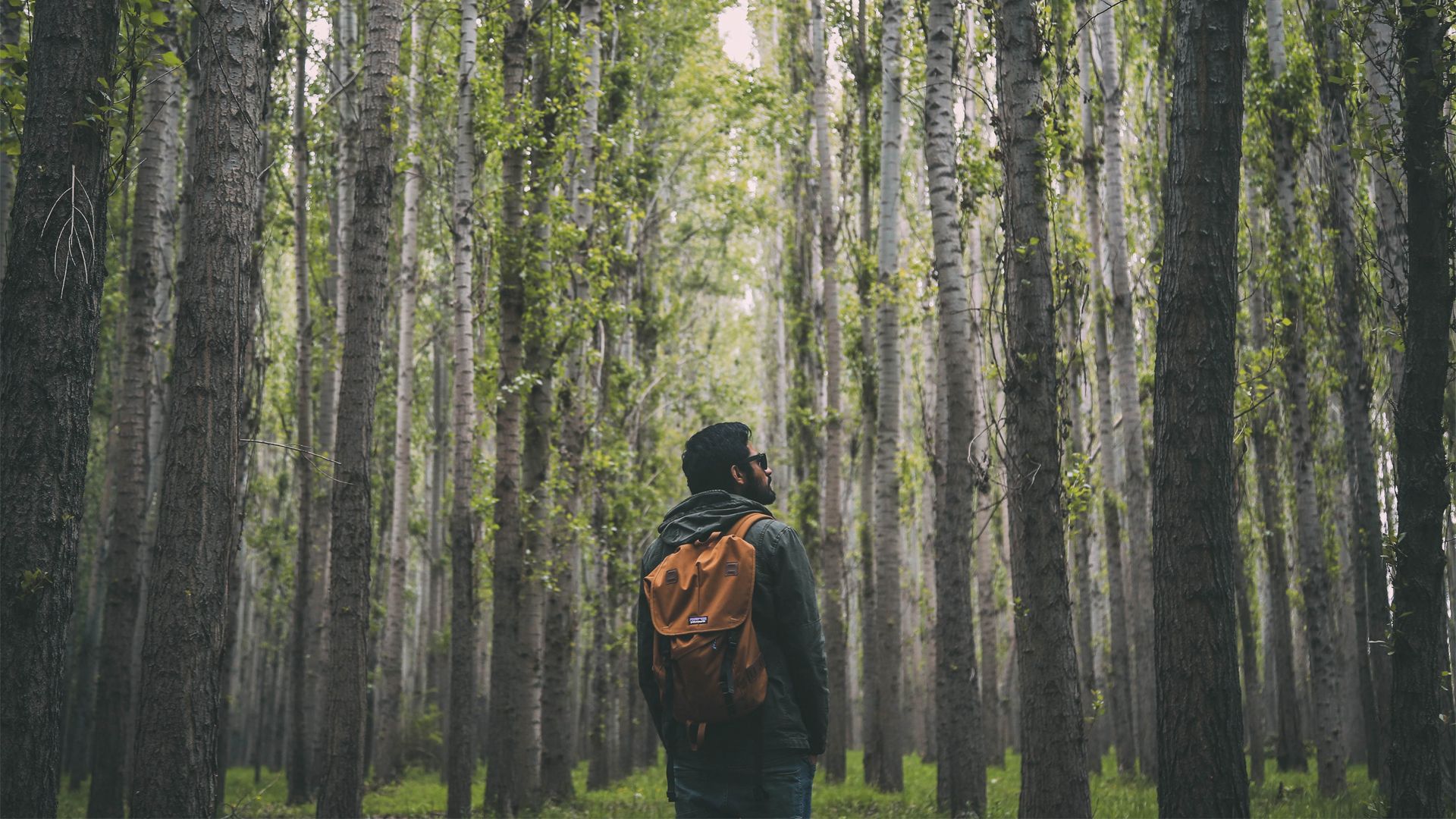The natural beauty of Italy is famous around the world however, the country’s national parks tend to slip under the international travel radar. Wherever your Italian itinerary takes you, keep in mind that an awe-inspiring national park is never too far away. One of Italy’s many unique features is the short distance between culturally rich cities and majestic national landscapes. It’s time to uncover Italy’s wilder side! Here are 10 fun facts to get to know Italy’s National Parks.



Arianna DiCicco
Arianna DiCicco is an educator and writer from California, born into an Italian American restaurant family with strong ties to her grandparents’ home in Abruzzo, Italy. She has lived in San Francisco, Rome and New York City where she’s made deep connections within the Italian communities and gained new perspectives about her own culture. With a Masters in International Education, Arianna has a love and passion for learning and educating others about Italian history & culture.


